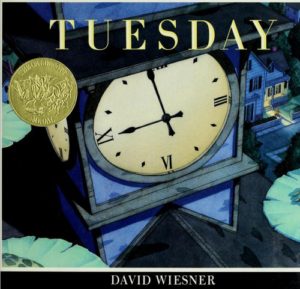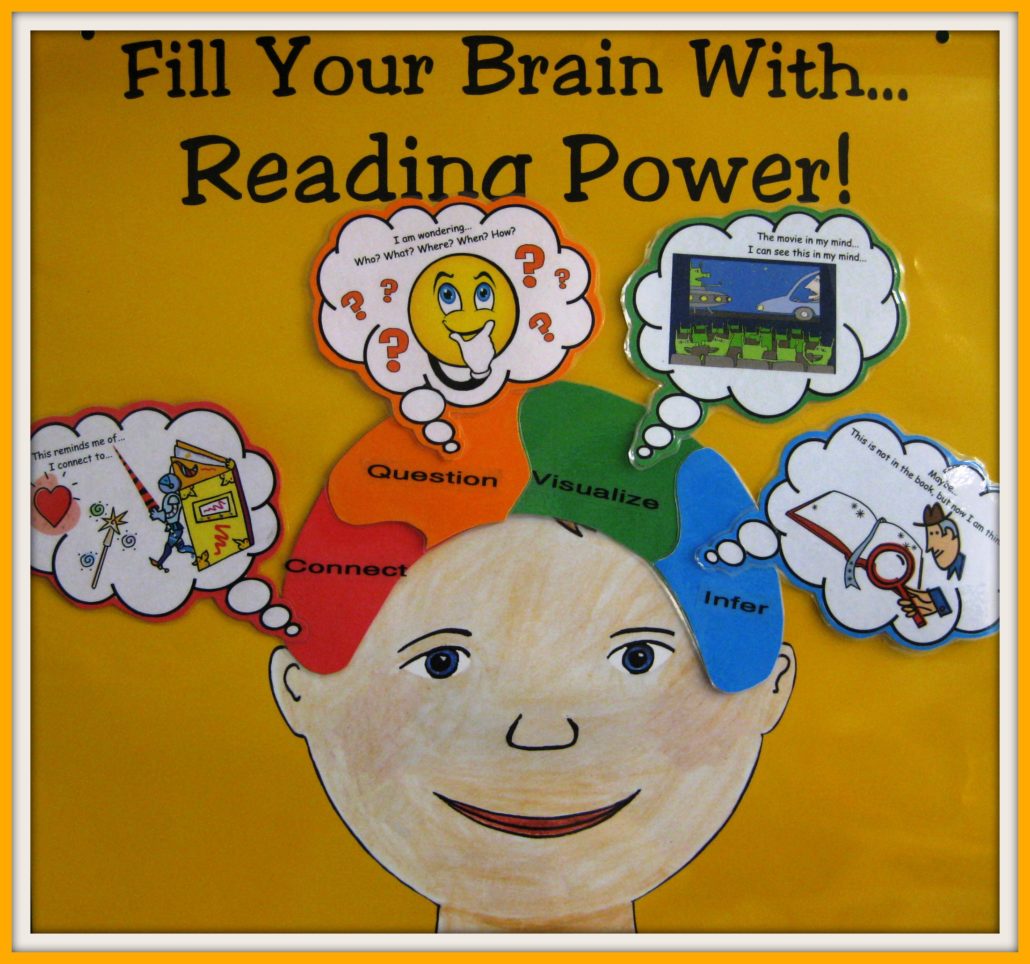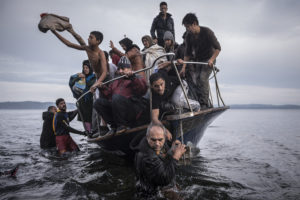3.4 Graphica
Journal Entry 4
Graphic: of or relating to, or expressed by writing: graphic symbols. Written, inscribed, or drawn. dictionary.com/graphic
Graphic arts: any of the fine or applied visual arts based on drawing or the use of line, as opposed to colour or relief, on a plane surface, especially illustration and printmaking of all kinds. dictionary.com/graphic-arts
Graphica: No definitions found. But I take it to mean a collection of works based on graphic arts in a variety of media, (as opposed to just graphic novels). And I take ‘graphic arts’ to refer to two-dimensional visual symbolic forms of representation. As such, ‘graphica’ can be a combination of print and image, or it can be just print or just image. All digital representations can be described as ‘graphica.’
Using Graphica to Teach the Reading Power of Visualization
Graphic material is an excellent supplement to traditional print material for language development and literacy instruction at all levels.
Using the ‘Visualize’ skill from Adrienne Gear’s Five Reading Powers as a jumping-off point, one could begin by showing actual images and initiating a discussion in order to alert students to features they should notice about any images, before getting them to remember or imagine on their own. This technique, known as Visual Thinking Strategies, was developed by Abigail Housen and Philip Yenawine for art education programs in museums and art galleries around the world. However, it can be easily and usefully applied to oral language development and literacy instruction at all levels.
Beginning with actual images offers the following benefits:
- First it removes the cognitive load of trying to visualize something from memory or imagination while learning the associated skills of observation and description.
- Second, it encourages students to develop their observation skills.
- Third, it creates an immediate experience which can be shared and discussed.
- Fourth, the discussion promotes oral language skills such as vocabulary, description, sequencing and rudimentary narrative structure, which serve as the basis for reading comprehension and written expression.
- Finally, it lays the groundwork for teaching students to visualize in the absence of an image by introducing the vocabulary, the technique, and the important features to notice when we think about an image, whether it is an actual image or a remembered one or an imagined one.
Laying this groundwork via graphic images serves as a useful supplement to the ‘Visualize’ chapter in Reading Power. I agree whole-heartedly with Gear’s argument that all teachers at all levels are responsible for providing reading comprehension instruction, so the examples below range from kindergarten to secondary school.The examples here represent images in a variety of media. For the sake of demonstration, I have arbitrarily designated them by level, but there’s no reason why any of them couldn’t be used at any level.
Primary
The image I’ve used for the primary level is the cover illustration for Tuesday by David Wiesne r, a nearly-wordless fantastical story. This image was created from the perspective of looking down on a clock tower, with a house even further down in the distance. Even kindergarten students are able to observe and describe details, and offer speculation about the meaning of the image, including discussion about the significance of the gold medallion.
r, a nearly-wordless fantastical story. This image was created from the perspective of looking down on a clock tower, with a house even further down in the distance. Even kindergarten students are able to observe and describe details, and offer speculation about the meaning of the image, including discussion about the significance of the gold medallion.
Once students have discussed these images as a group, they can be used as prompts for written and/or drawn responses.
In addition to supporting oral language development and print-literacy instruction, all of these images could be used to teach visual literacy as well—the affordances and constraints of different media, the principles and effects of composition, etc. and again, even very young students can engage with these ideas.
Works Cited (Click here)
Works Cited
Gear, Adrienne. Reading Power. Markham, Ontario, Pembroke Publishers, 2015.
Hartocollis, Anemona. “A Family Swept Up in the Migrant Tide.” The New York Times, The New York Times, 22 Oct. 2015, www.nytimes.com/interactive/2015/10/22/world/europe/syrian-refugees.html?_r=0. Accessed 21 Mar. 2017.
Lichtenstein, Roy. “Hopeless (Roy Lichtenstein).” Wikipedia, Wikimedia Foundation, 21 Mar. 2017, en.wikipedia.org/wiki/Hopeless_(Roy_Lichtenstein). Accessed 21 Mar. 2017.
Wiesner, David. Tuesday. New York, Clarion Books/Houghton Mifflin Co., 1997.
Yenawine, Philip. Visual Thinking Strategies: Using Art to Deepen Learning across School Disciplines. Cambridge, MA, Harvard Education Press, 2014.






